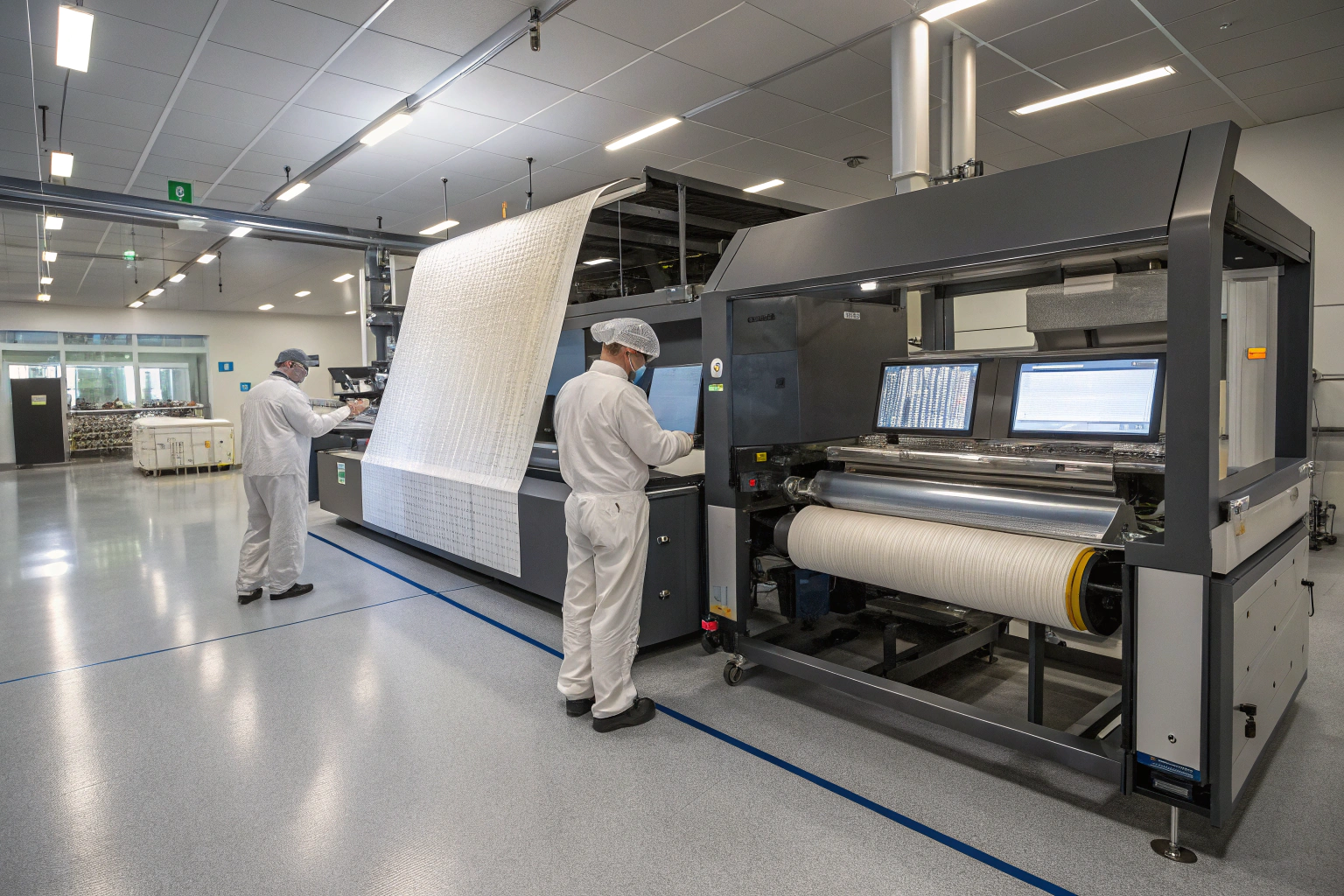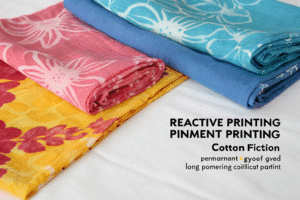Boron carbide nanoparticle reinforced armor textiles may sound futuristic, but they are already reshaping the defense and protective apparel industry. Buyers like you, who need reliable armor-grade fabrics, often face confusion about where to source them, how to evaluate quality, and which suppliers to trust. When there is no clear roadmap, it becomes easy to overpay or end up with materials that fail to meet safety standards.
The most effective way to source boron carbide reinforced textiles is to partner with specialized suppliers who can deliver both nanoparticles and integrated fabric composites, provide ballistic testing compliance, and manage logistics for international shipping. By doing so, you save time, reduce risk, and gain assurance that the materials meet the standards required for real-world applications.
Because the process involves multiple technical and logistical steps, I will explain them in order—from understanding the raw material to finding suppliers, ensuring testing, and preparing imports. This way, you can follow a logical sequence and make informed decisions at each stage.
Why Use Boron Carbide in Protective Fabrics?
Boron carbide is known as one of the hardest synthetic materials after diamond and cubic boron nitride. When its nanoparticles are integrated into textiles, they improve strength without adding excessive weight. As a result, they are ideal for modern armor, which demands both flexibility and superior ballistic resistance.
The primary reason to use boron carbide nanoparticles in fabrics is their unmatched hardness-to-weight ratio, which enables lightweight yet highly protective armor textiles. For this reason, they are widely applied in personal body armor, military gear, and law enforcement uniforms.
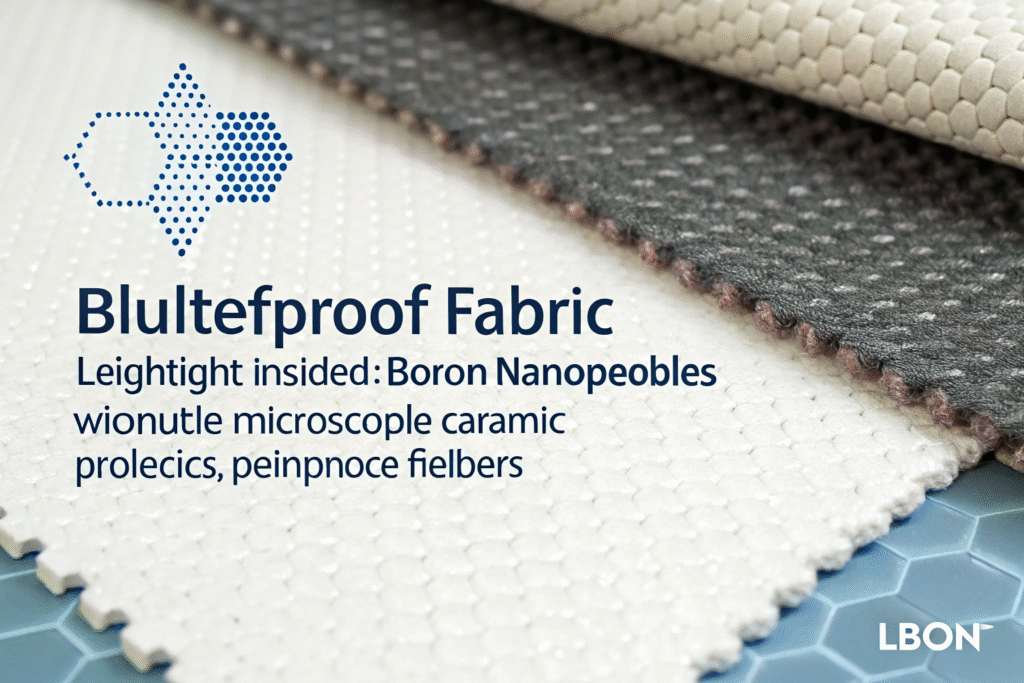
Since sourcing such fabrics requires both knowledge of nanoparticles and an understanding of composite processes, it is important to begin with the basics and then move step by step toward textile integration.
What Makes Boron Carbide Nanoparticles Different?
Boron carbide nanoparticles stand out because of their high hardness, low density, and thermal stability. Since they provide better ballistic efficiency with less bulk, they are superior to many other ceramics. For example, combining boron carbide with Kevlar (DuPont) or UHMWPE fibers (DSM Dyneema) creates fabrics that can resist bullets while staying flexible. Therefore, sourcing depends not only on acquiring nanoparticles but also on ensuring that suppliers can integrate them into textile-ready composites.
How Do They Compare to Other Ceramic Reinforcements?
When compared to silicon carbide or alumina, boron carbide offers lighter weight and higher performance in mobility-focused applications. Because it is about 20% lighter than silicon carbide, it is often chosen for body armor where speed and comfort are important. Studies from Springer Materials (Springer) confirm that boron carbide maintains strength even under high-velocity impacts. This is why buyers should prioritize boron carbide when sourcing advanced textiles.
Where Can You Find Reliable Suppliers?
After understanding the material’s advantages, the next step is finding suppliers who can deliver consistent quality. Many companies advertise boron carbide fabrics, yet only a few can provide certifications, testing data, and logistics support.
The best sources are specialized nanomaterial companies and textile manufacturers that offer integrated nanoparticle-to-textile services. Because these firms manage the process from powder production to composite weaving, they reduce risks for international buyers.
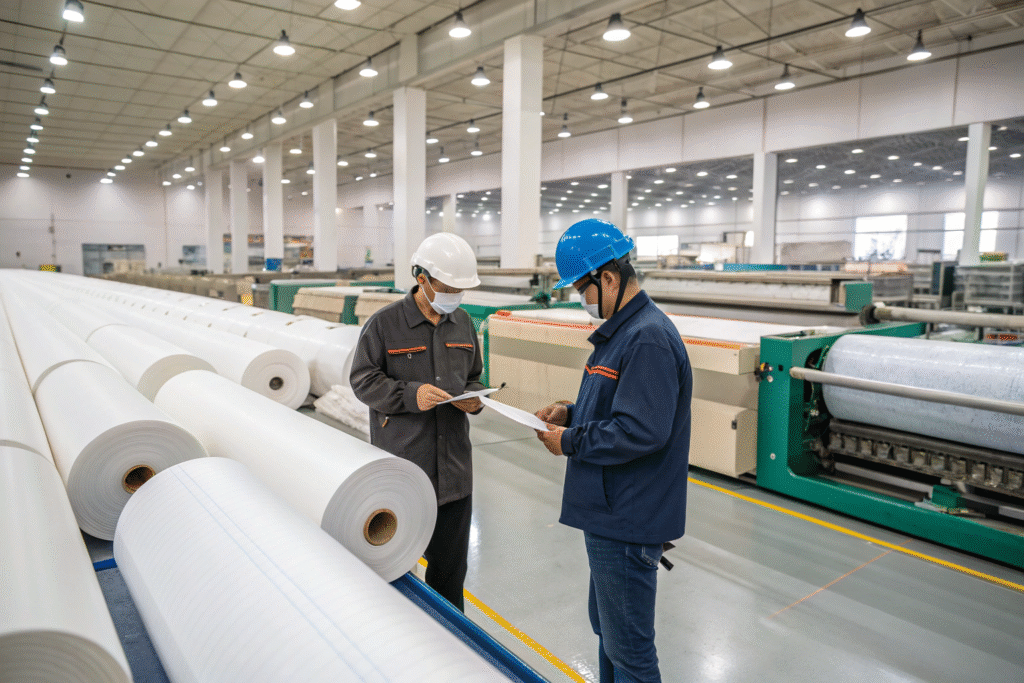
To proceed smoothly, you should begin by checking nanoparticle purity and production methods before evaluating whether the manufacturer can transform these materials into woven or knitted composites.
Which Countries Lead in Boron Carbide Production?
China and the United States dominate global boron carbide nanoparticle production. Because China offers large-scale manufacturing at lower costs, many international buyers source there. For instance, Alibaba sourcing platforms (Alibaba) list numerous Chinese suppliers for boron carbide powders and composites. Meanwhile, U.S. companies such as Saint-Gobain Ceramics (Saint-Gobain) produce premium grades for defense contractors. Therefore, you must balance affordability against certification requirements.
What Certifications Should You Ask From Suppliers?
To avoid risk, always request NIJ ballistic testing reports and SGS/ITS quality certifications. Additionally, many credible suppliers provide CNAS-certified lab data confirming composition and performance. If you are importing into Europe, you also need compliance with REACH and RoHS regulations (European Chemicals Agency). By securing these documents before placing orders, you will reduce customs delays and ensure product credibility.
How Are Boron Carbide Nanoparticles Integrated Into Textiles?
Once you select a supplier, you must check whether they can embed nanoparticles into fabrics using advanced processes. Since the effectiveness of armor textiles depends on integration, this step is critical.
The most effective integration processes combine nanoparticles with high-strength fabrics like Kevlar or UHMWPE, resulting in flexible yet protective armor textiles. Only suppliers with technical expertise in composite processing can deliver reliable results.
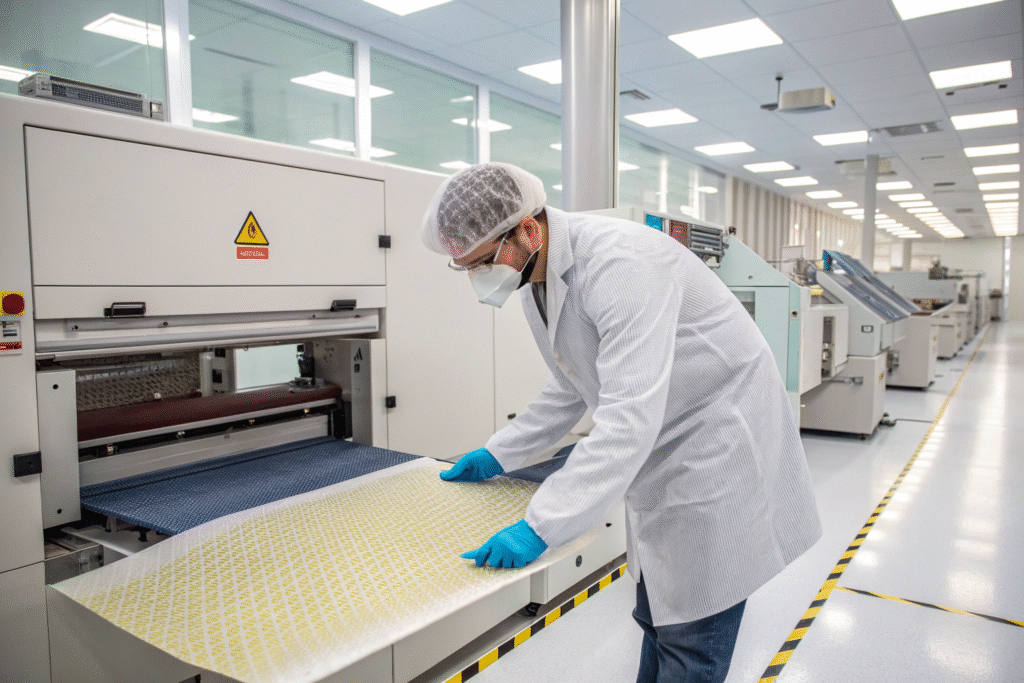
How Does Shear-Thickening Fluid Integration Work?
In shear-thickening fluid (STF) composites, boron carbide nanoparticles are suspended in a liquid that stiffens instantly under impact. When this fluid is infused into Kevlar, the textile gains significant resistance against stabs and bullets. Research from RSC Advances (Royal Society of Chemistry) confirms that STF-treated textiles outperform untreated fabrics, especially in multi-hit scenarios. Therefore, this method is especially valuable for law enforcement applications.
What Role Does Electrospinning Play in Armor Textiles?
Electrospinning is another technique that creates nanofiber mats reinforced with boron carbide. Because these mats are lightweight and flexible, they are suitable for new-generation armor solutions. A study on ScienceDirect (Elsevier) shows that even a 1% addition of boron carbide nanoparticles can boost impact resistance dramatically. Although this method is still developing, it signals the future of ultra-light armor fabrics.
What Should You Check Before Importing?
Even if you secure the right product, importing without proper preparation can cause delays, unexpected tariffs, or compliance issues. Because of this, logistics planning must go hand in hand with sourcing.
The key is to align product compliance, shipping documentation, and tariff planning before confirming orders. By addressing these issues early, you reduce risks and avoid costly mistakes.
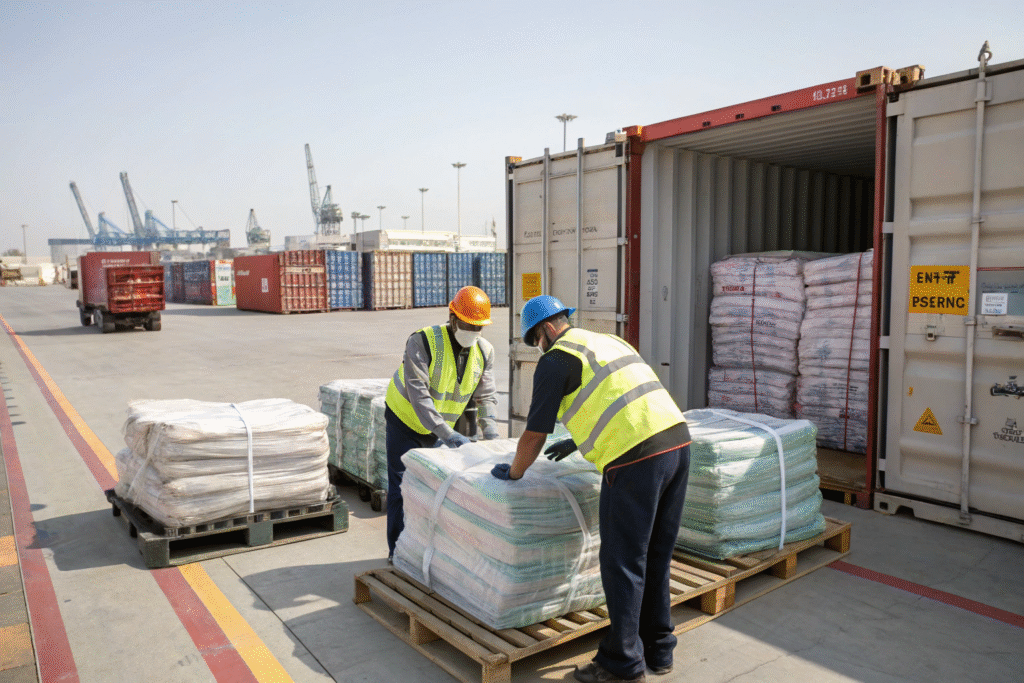
What Shipping Terms Are Best for High-Value Technical Textiles?
For specialized fabrics, Delivered Duty Paid (DDP) terms are often the most secure. Because the supplier takes responsibility for customs clearance and tariffs until the goods arrive at your warehouse, risks are minimized. According to Incoterms guidelines (ICC), DDP simplifies the process, although it usually increases costs. If you prefer more control, Free on Board (FOB) or Cost, Insurance, and Freight (CIF) terms can also work, provided you have reliable forwarders.
How Can You Reduce Tariff and Import Costs?
Tariffs on composite textiles may be significant, especially when importing into the United States. To manage this, you can use bonded warehouses to delay duty payments until the goods are sold. In addition, sourcing through countries with RCEP or Belt & Road trade agreements can reduce costs. Professional guidance from logistics experts such as DHL (DHL) can also identify strategies to save thousands of dollars on large orders.
Conclusion
Sourcing boron carbide nanoparticle reinforced armor textiles requires careful steps in sequence. First, you need to choose high-purity nanoparticle suppliers. Next, you must ensure they have the capability to integrate these particles into high-performance fabrics. After that, you should confirm certifications and ballistic test results. Finally, you must prepare documentation and logistics before importing. By following this process, you will secure advanced armor fabrics that meet modern defense and safety requirements.
If you are considering bulk orders or custom development of armor textiles, I encourage you to contact our team at Shanghai Fumao. We can support your project from raw nanoparticle sourcing to certified textile production and global delivery. For direct inquiries, please reach out to our Business Director, Elaine, at elaine@fumaoclothing.com.

